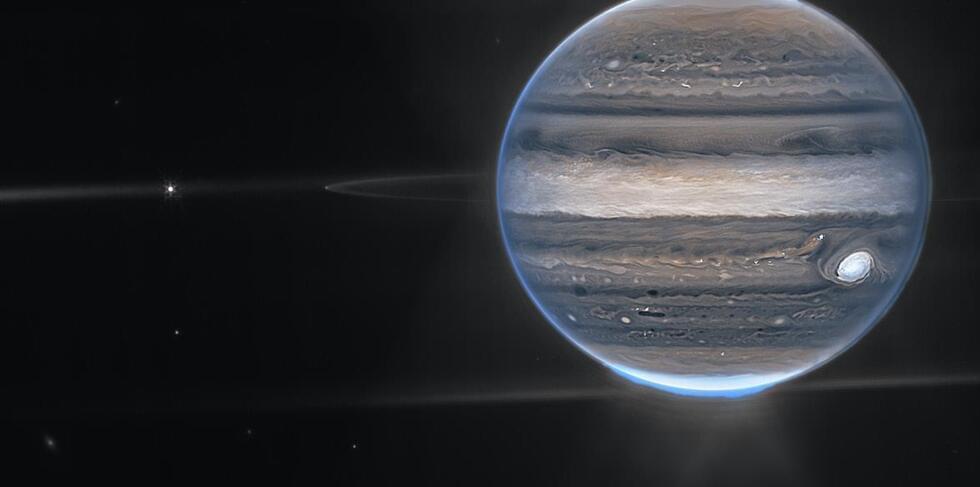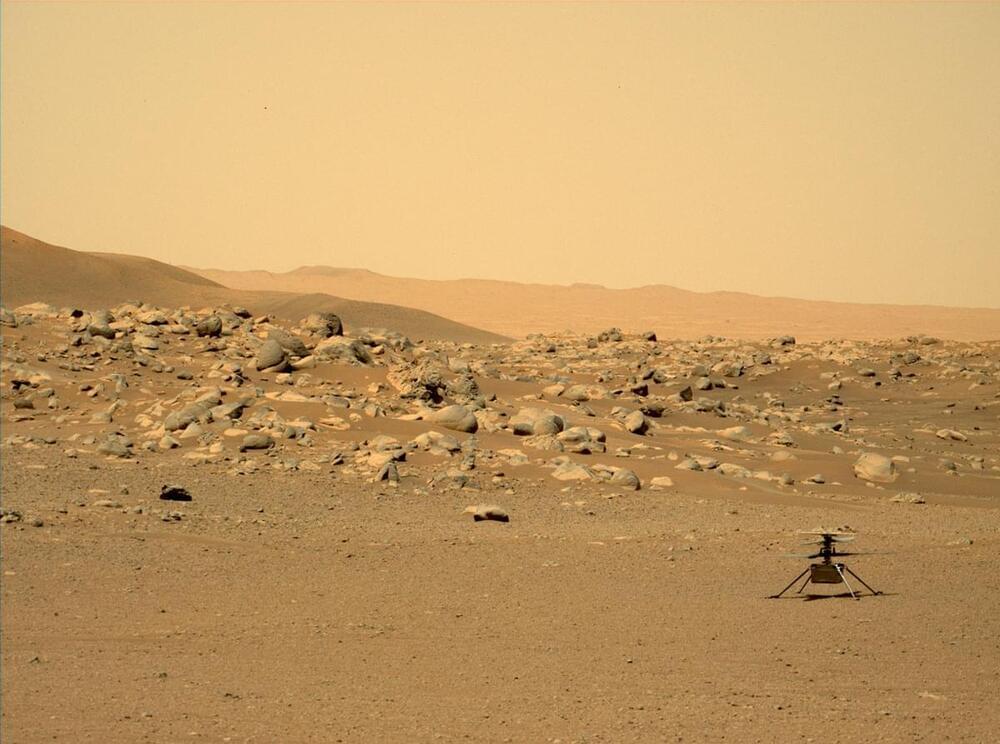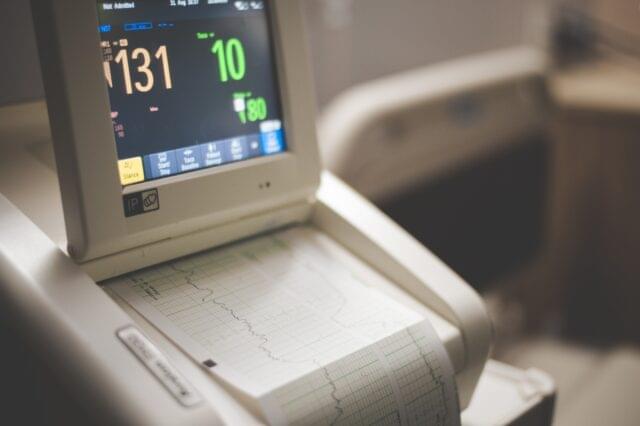Yes, Jupiter has rings!
New James Webb Space Telescope images show off Jupiter, the Great Red Spot, two moons, and the planet’s faint rings.


It’s been over a month since we last updated our blog about our winter warrior, currently around 96 million miles away. At present the team is preparing for Ingenuity’s next flight, which could take place as early as this weekend. This 30th sortie will be a short hop – which will check out our system’s health after surviving 101 sols of winter, collect landing delivery data in support of NASA’s Mars Sample Return Campaign, and potentially clear off dust that has settled on our solar panel since Flight 29.
What’s Happened Lately
It’s still winter at Jezero Crater, which means overnight temperatures are as low as -124 degrees Fahrenheit (−86 Celsius). Winter at Mars also means the amount of solar energy hitting our solar panel remains below what is needed to maintain charge in our batteries both day and night. However, during the day the panel continues to create enough charge to make shorter hops possible. That’s what we did on Flight 29 and is our plan for Flight 30.


Constructing a tiny robot out of DNA
DNA, or deoxyribonucleic acid, is a molecule composed of two long strands of nucleotides that coil around each other to form a double helix. It is the hereditary material in humans and almost all other organisms that carries genetic instructions for development, functioning, growth, and reproduction. Nearly every cell in a person’s body has the same DNA. Most DNA is located in the cell nucleus (where it is called nuclear DNA), but a small amount of DNA can also be found in the mitochondria (where it is called mitochondrial DNA or mtDNA).

It isn’t alive, and has no structures even approaching the complexity of the brain, but a compound called vanadium dioxide is capable of ‘remembering’ previous external stimuli, researchers have found.
This is the first time this ability has been identified in a material; but it may not be the last. The discovery has some pretty intriguing implications for the development of electronic devices, in particular data processing and storage.
“Here we report electronically accessible long-lived structural states in vanadium dioxide that can provide a scheme for data storage and processing,” write a team of researchers led by electrical engineer Mohammad Samizadeh Nikoo of École Polytechnique Fédérale de Lausanne in Switzerland in their paper.
It can also solve the carbon intensity problem in the construction industry.
Researchers at the Nanyang Technological University (NTU) in Singapore have invented an invisible coating that can be applied to wood to make it fireproof.
Modern-day buildings are built largely using concrete, steel, and glass, which are at low risk from fires. However, the production of these materials is a carbon-intensive process. Mass-engineered timber is a solution to this problem as wood harvested from sustainably managed forests has a lower carbon footprint than steel and concrete. Additionally, it allows for faster construction at lower costs, making it the ideal component for future constructions.

And their method is faster, cheaper, and more sustainable.
Recently, many projects have been carried out using recyclable materials for sustainability. One of these projects was implemented by the Los Angeles-based architectural startup Azure.
Azure is using recycled plastic to 3D print prefab homes. The startup is now selling many house models ranging from a backyard studio to a two-bedroom ADU.
Azure is reshaping the way we build Homes, ADUs and Backyard Studios and Sheds by bringing 3D printing technology and recycled materials together to create truly sustainable living in a modern and beautiful design.
Researchers from École Polytechnique Fédérale de Lausanne (EPFL) have discovered that vanadium dioxide (VO2) is capable of “remembering” the entire history of previous external stimuli.
Vanadium dioxide marks the first material EPFL researchers have discovered that identified as possessing this property.
🇺🇦 Ukraine: help and support.
It could someday replace existing A/Cs.
The world is getting hotter by the day. It is now 1.1 degrees Celsius warmer on average than it was before the Industrial Revolution. This means that cooling, in general, has percolated into our lifestyles, almost essential for our survival.
However, the irony is as the planet warms, the technology we seek refuge in can only contribute to climate change, making the climate hotter. Room air conditioners are expected to quadruple to 4.5 billion by 2050, according to Scientific American.
Now, cooling an environment needs an enormous amount of energy.
So, what did people use to cool down before air conditioners? Their lives must have been unbearable during long hot summers. Or were they?

Any Xenomorph-fearing ‘Alien’ fan will tell you that sound doesn’t exist in space. The thing is, that’s not completely true.
Back in May, during black hole week, NASA released an eerie sound clip of a black hole showing that space does make a lot of noise, depending on where you look, and how you process it.
“The misconception that there is no sound in space originates because most space is a ~vacuum, providing no way for sound waves to travel. A galaxy cluster has so much gas that we’ve picked up actual sound. Here it’s amplified, and mixed with other data, to hear a black hole!”